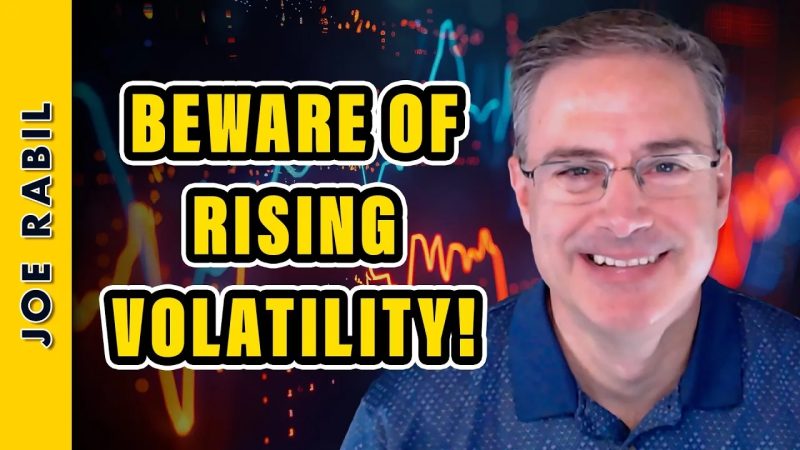**The Impact of Increasing Volatility on the Current Market**
**Understanding Volatility and its Effects**
Volatility in financial markets refers to the degree of variation in trading prices over time. It is a key measure of risk and uncertainty and is closely watched by traders, analysts, and investors. When volatility is low, it suggests that markets are relatively stable and predictable. On the other hand, rising volatility indicates increased uncertainty and can lead to significant fluctuations in asset prices.
**Causes of Rising Volatility**
Several factors can contribute to increasing volatility in the market. Geopolitical events, such as conflicts or trade tensions, can create uncertainty and prompt investors to reevaluate their positions. Economic indicators, such as inflation data or interest rate changes, can also impact volatility by influencing market expectations. Additionally, technological developments and algorithmic trading can exacerbate volatility by amplifying market movements.
**Implications for Investors**
Rising volatility can have both positive and negative implications for investors. On the one hand, increased volatility can present opportunities for active traders to capitalize on price swings and generate higher returns. However, heightened volatility also poses risks, as sharp market fluctuations can lead to significant losses if investors are not prepared.
**Risk Management Strategies**
To navigate periods of rising volatility, investors should implement effective risk management strategies. Diversification, or spreading investments across different asset classes, can help reduce exposure to any single market downturn. Setting stop-loss orders and using options as a hedge can also limit potential losses during volatile market conditions.
**Long-Term Outlook**
While short-term volatility can create challenges for investors, it is essential to maintain a long-term perspective. Historically, markets have shown resilience and have recovered from periods of heightened volatility. By focusing on fundamental analysis and maintaining a diversified portfolio, investors can better weather market fluctuations and achieve their long-term financial goals.
**In Conclusion**
In conclusion, rising volatility in the market is a dynamic and ever-present aspect of investing. By understanding the causes of volatility, implementing effective risk management strategies, and maintaining a long-term perspective, investors can navigate market turbulence and seize opportunities for growth. While volatility may bring uncertainty, it also presents the chance for savvy investors to capitalize on market movements and achieve their financial objectives.


































